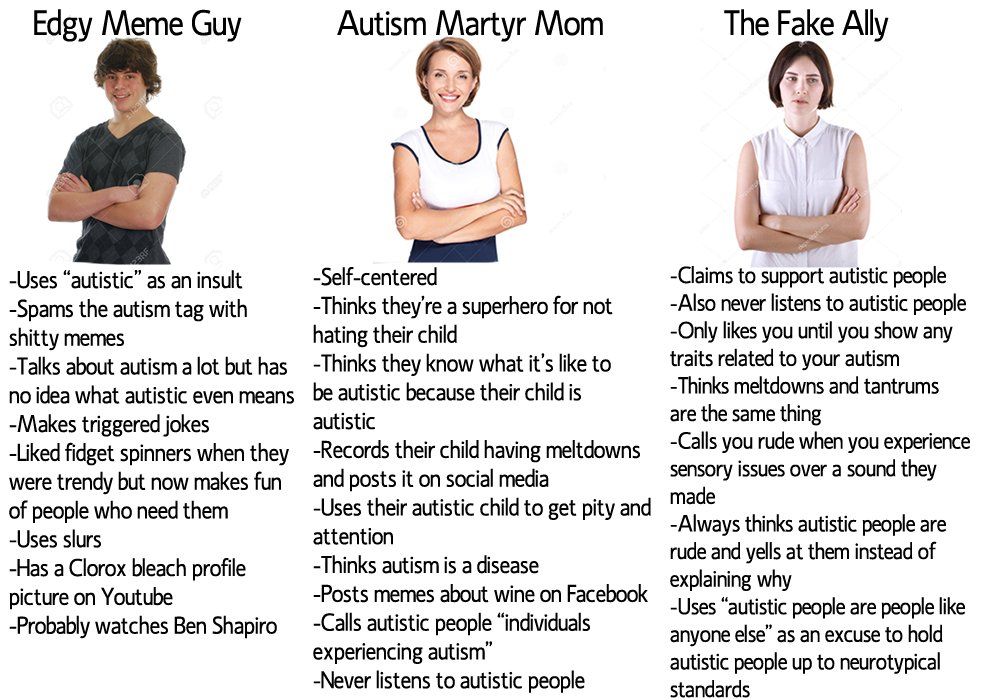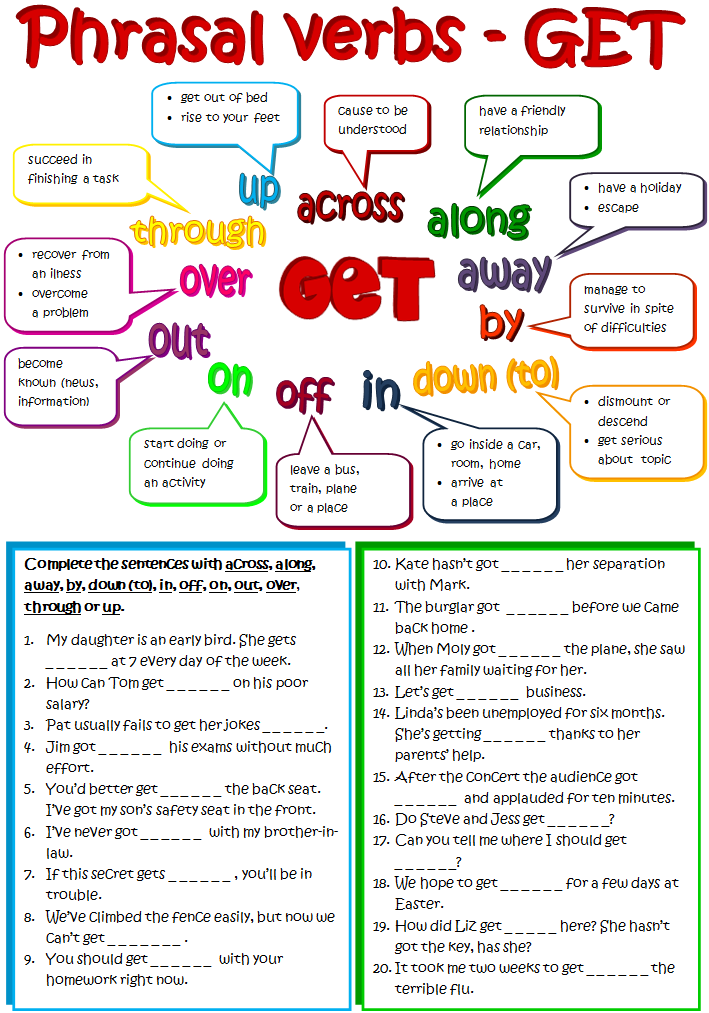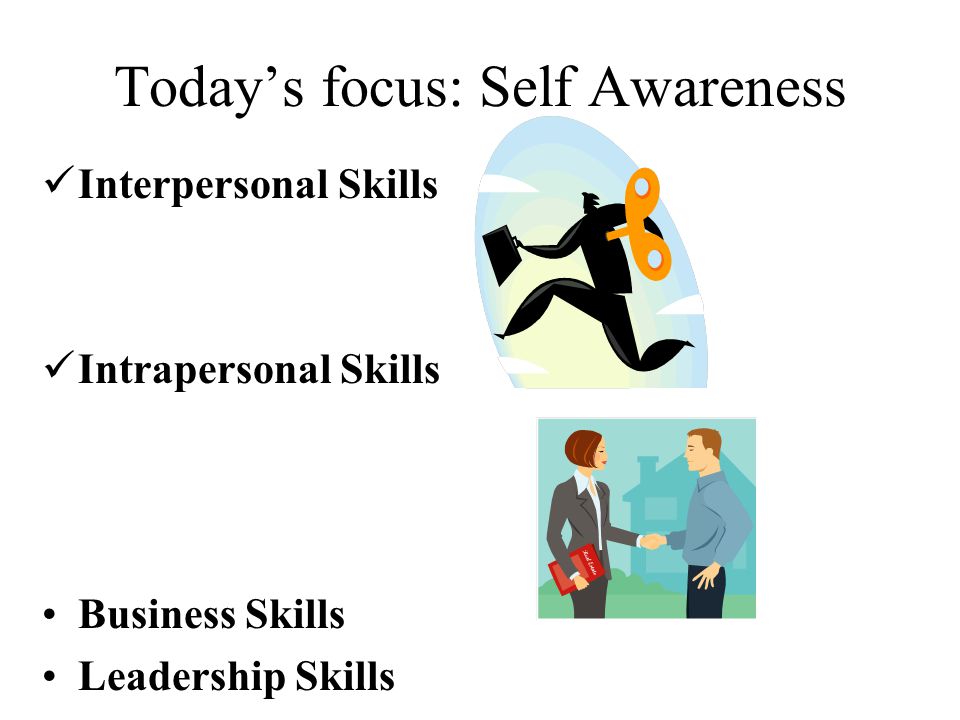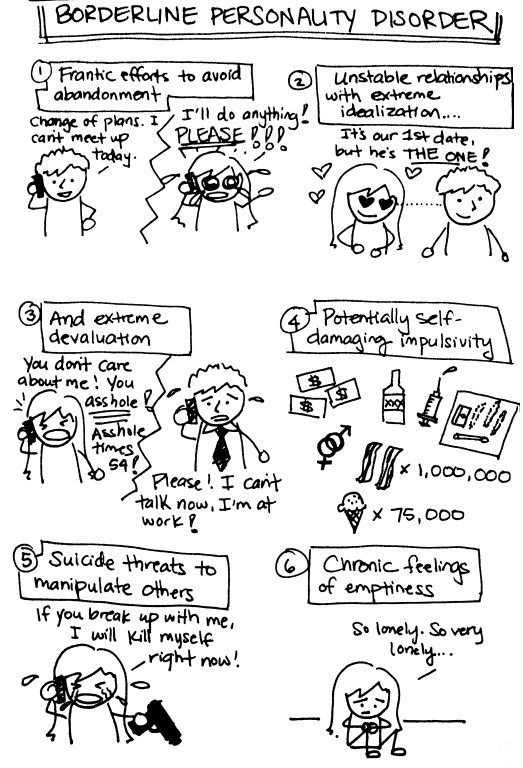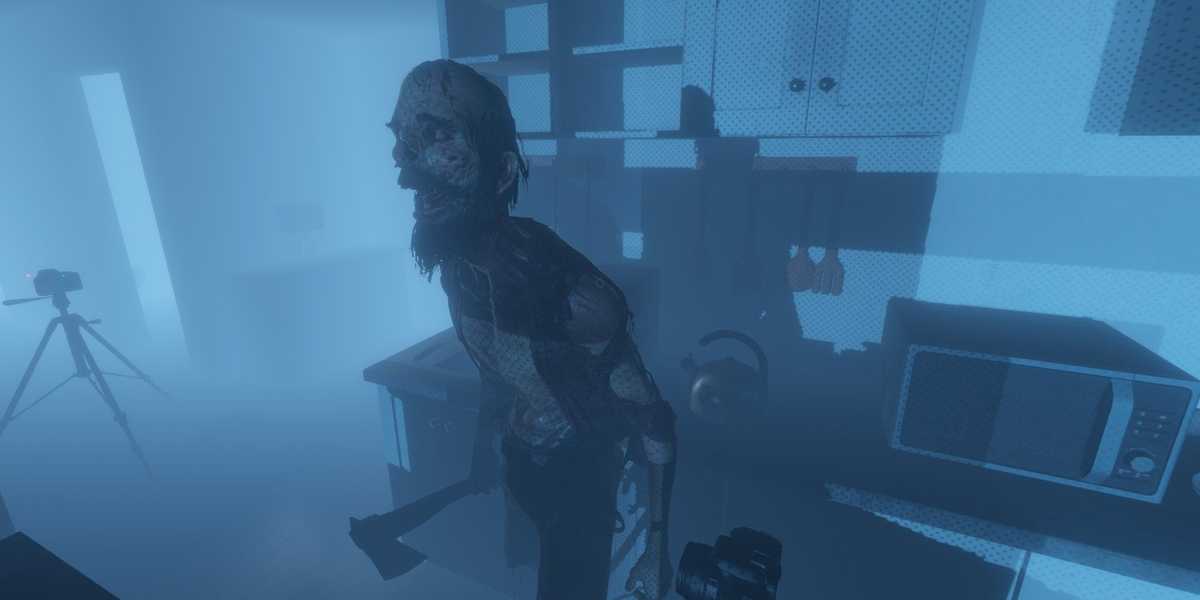What's the difference between aspergers and autism
Asperger’s Syndrome - Autism Society.
History
Asperger’s syndrome (also known as Asperger’s Disorder) was first described in the 1940s by Viennese pediatrician Hans Asperger, who observed autism-like behaviors and difficulties with social and communication skills in boys who had normal intelligence and language development. Many professionals felt Asperger’s syndrome was simply a milder form of autism and used the term “high-functioning autism” to describe these individuals. Uta Frith, a professor at the Institute of Cognitive Neuroscience of University College London and editor of Autism and Asperger Syndrome, describes individuals with Asperger’s as “having a dash of autism.”
Asperger’s Disorder was added to the American Psychiatric Association’s
Diagnostic and Statistical Manual of Mental Disorders (DSM-IV) in 1994 as a separate disorder from autism. However, there are still many professionals who consider Asperger’s Disorder a less severe form of autism. In 2013, the DSM-5 replaced Autistic Disorder, Asperger’s Disorder and other pervasive developmental disorders with the umbrella diagnosis of autism spectrum disorder.
Characteristics
What distinguishes Asperger’s Disorder from classic autism are its less severe symptoms and the absence of language delays. Children with Asperger’s Disorder may be only mildly affected, and they frequently have good language and cognitive skills. To the untrained observer, a child with Asperger’s Disorder may just seem like a neurotypical child behaving differently.
Children with autism are frequently viewed as aloof and uninterested in others. This is not the case with Asperger’s Disorder. Individuals with Asperger’s Disorder usually want to fit in and have interaction with others, but often they don’t know how to do it. They may be socially awkward, not understand conventional social rules or show a lack of empathy. They may have limited eye contact, seem unengaged in a conversation and not understand the use of gestures or sarcasm.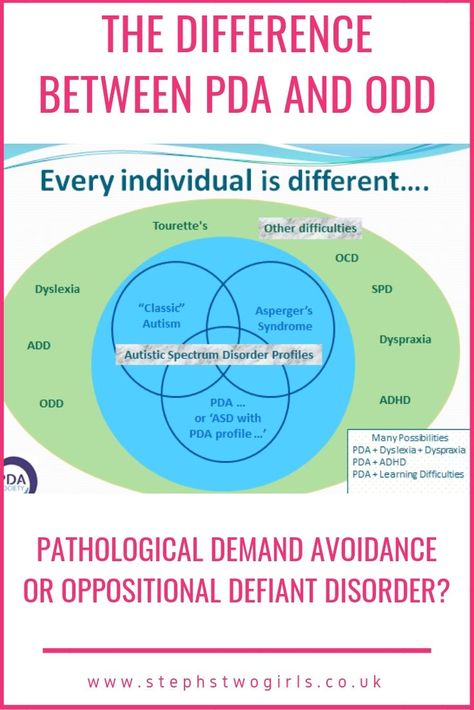
Their interests in a particular subject may border on the obsessive. Children with Asperger’s Disorder often like to collect categories of things, such as rocks or bottle caps. They may be proficient in knowledge categories of information, such as baseball statistics or Latin names of flowers. They may have good rote memory skills but struggle with abstract concepts.
One of the major differences between Asperger’s Disorder and autism is that, by definition, there is no speech delay in Asperger’s. In fact, children with Asperger’s Disorder frequently have good language skills; they simply use language in different ways. Speech patterns may be unusual, lack inflection or have a rhythmic nature, or may be formal, but too loud or high-pitched. Children with Asperger’s Disorder may not understand the subtleties of language, such as irony and humor, or they may not understand the give-and-take nature of a conversation.
Another distinction between Asperger’s Disorder and autism concerns cognitive ability. While some individuals with autism have intellectual disabilities, by definition, a person with Asperger’s Disorder cannot have a “clinically significant” cognitive delay, and most possess average to above-average intelligence.
While some individuals with autism have intellectual disabilities, by definition, a person with Asperger’s Disorder cannot have a “clinically significant” cognitive delay, and most possess average to above-average intelligence.
While motor difficulties are not a specific criterion for Asperger’s, children with Asperger’s Disorder frequently have motor skill delays and may appear clumsy or awkward.
Diagnosis
Diagnosis of Asperger’s Disorder has increased in recent years, although it is unclear whether it is more prevalent or more professionals are detecting it. When Asperger’s and autism were considered separate disorders under the DSM-IV, the symptoms for Asperger’s Disorder were the same as those listed for autism; however, children with Asperger’s do not have delays in the area of communication and language. In fact, to be diagnosed with Asperger’s, a child must have normal language development as well as normal intelligence. The DSM-IV criteria for Asperger’s specified that the individual must have “severe and sustained impairment in social interaction, and the development of restricted, repetitive patterns of behavior, interests and activities that must cause clinically significant impairment in social, occupational or other important areas of functioning.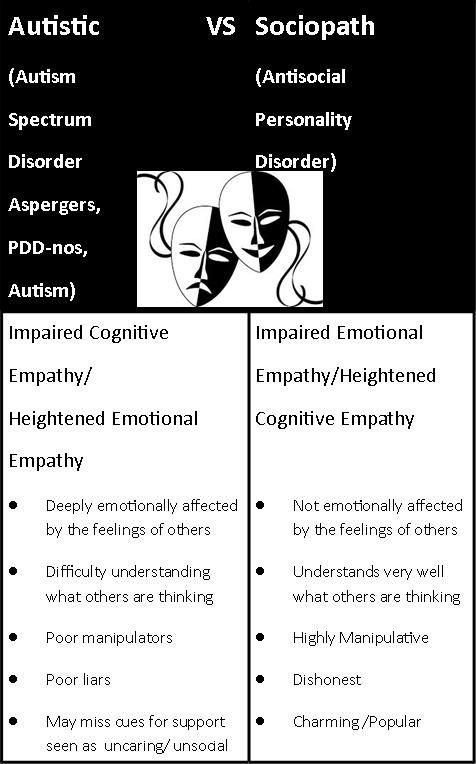 ”
”
The first step to diagnosis is an assessment, including a developmental history and observation. This should be done by medical professionals experienced with autism and other PDDs. Early diagnosis is also important as children with Asperger’s Disorder who are diagnosed and treated early in life have an increased chance of being successful in school and eventually living independently.
Contact us for information on Asperger’s resources, including support groups and websites.
What is the difference between autism and Asperger’s?
Asperger’s is no longer a standalone diagnosis, but it’s important to understand the difference between an autism diagnosis and an historical Asperger’s diagnosis. Learning the difference between autism and Asperger’s can impact how families approach treatment.
For over 70 years, doctors treated Asperger’s as its own diagnosis. Many professionals believed Asperger’s was a more mild form of autism, leading to the origin of the phrase “high-functioning”.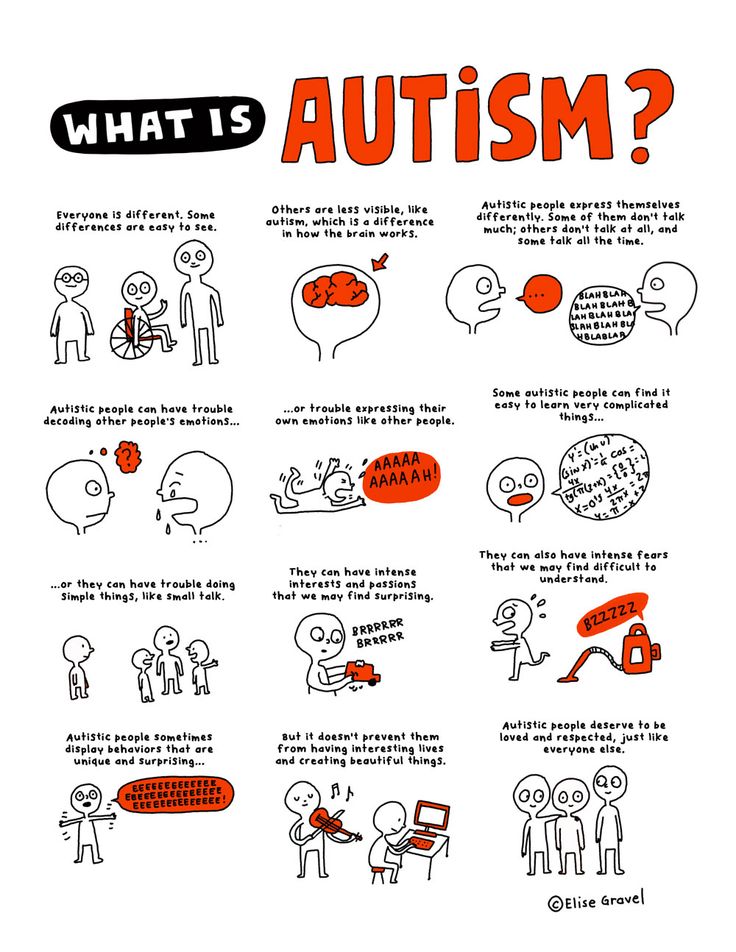
Now, children with Asperger’s symptoms are diagnosed with autism spectrum disorder (ASD). Their symptoms are typically on the milder side, but every child experiences symptoms differently. Hence the word “spectrum” – ASD features a wide range of symptoms and experiences.
For example, some children with ASD are non-verbal or may have low IQs. Others have superior IQs and only minor social deficits.
No matter the symptoms, it’s important to get treatment for your child with ASD as soon as possible. Early intervention is one of the surest ways that your child will develop necessary life skills and become independent. At Therapeutic Pathways, we offer applied behavior analysis (ABA) treatment to help children develop those skills and live satisfying lives.
Keep reading to learn the history of Asperger’s. Then call Therapeutic Pathways at (209) 422-3280 for more information on treatment options.
History of Autism Diagnoses
Doctors used to think of Asperger’s Syndrome as a separate condition from autism.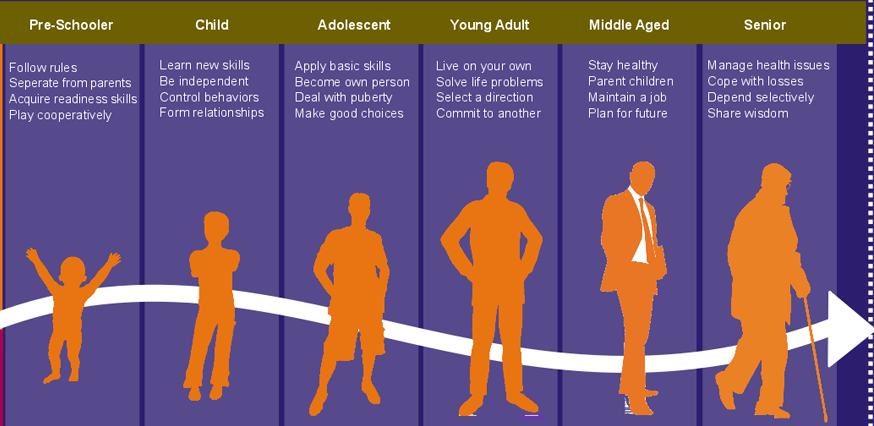 Because Asperger’s is associated with less severe symptoms and good language and cognitive skills, doctors issued this diagnosis to “high-functioning” children for decades.
Because Asperger’s is associated with less severe symptoms and good language and cognitive skills, doctors issued this diagnosis to “high-functioning” children for decades.
Asperger’s was identified by Austrian pediatrician Hans Asperger in 1944. He noticed that some children with autism had better-developed social and motor skills and fewer speech problems than their peers. He identified these children as having a condition similar to but undoubtedly unique from autism.
This disorder came to be known as Asperger’s, and it first appeared in the 1994 edition of the American Psychiatric Association’s Diagnostic and Statistical Manual of Mental Disorders (DSM-IV).
Today, children experiencing developmental delays and symptoms of autism are instead more likely to be diagnosed with autism spectrum disorder (ASD). ASD is a broad category of developmental disorders that share some symptoms.
Many people believe this change is beneficial. An ASD diagnosis is more inclusive and reflects the fact that autism develops with a range of symptoms.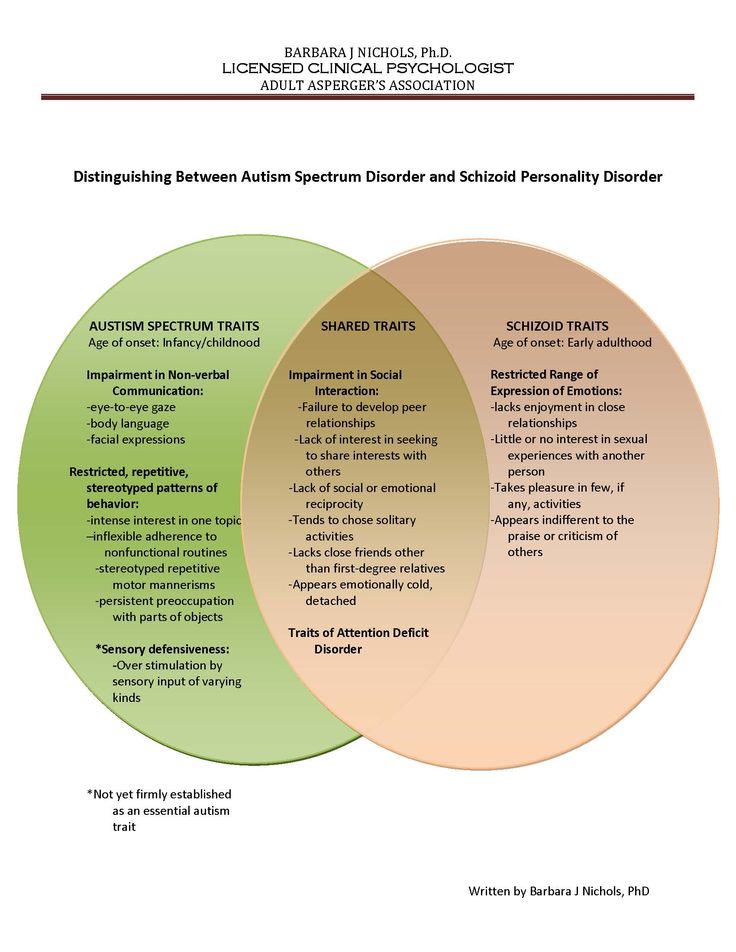
Range of Symptoms in ASD
Speech and Language
The principal difference between autism and what was once diagnosed as Asperger’s is that the latter features milder symptoms and an absence of language delays. Most children who were previously diagnosed with Asperger’s have good language skills but may have difficulty “fitting in” with their peers. They might feel uncomfortable or awkward, but their language skills were present.
Children with autism, on the other hand, typically exhibit problems with speech and communication. They may have difficulty understanding what someone is saying to them, or they may be unable to pick up on nonverbal cues like hand gestures and facial expressions.
Children with autism also frequently exhibit repetitive or “rigid” language as well as narrow topics of interest. For example, a child with autism may be interested in basketball and only talk about that sport.
Cognitive Functioning
Another difference between autism and what was diagnosed as Asperger’s was in cognitive functioning.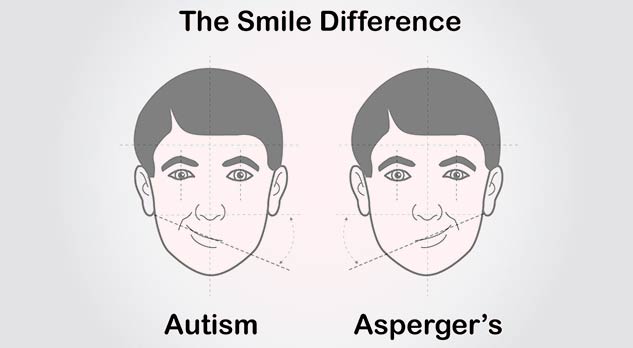 By definition, a person with Asperger’s cannot have a “clinically significant” cognitive delay as is usually seen among children with autism. Children on the “lower end” of the spectrum (what was once diagnosed as Asperger’s) have average to above-average intelligence, while other children on the spectrum usually had significant cognitive delays.
By definition, a person with Asperger’s cannot have a “clinically significant” cognitive delay as is usually seen among children with autism. Children on the “lower end” of the spectrum (what was once diagnosed as Asperger’s) have average to above-average intelligence, while other children on the spectrum usually had significant cognitive delays.
For example, a child with autism may have difficulty recognizing and responding appropriately to others’ thoughts and feelings.
Age of Onset
One more difference between autism and Asperger’s is the age of onset, or the age at which a child receives a diagnosis. The average age of diagnosis for a child with autism is four, while a person with Asperger’s may not receive a diagnosis until they are a teenager or adult.
This may be because children with Asperger’s do not exhibit language delays or have lower IQs. Many parents may not realize their child has a developmental delay until they begin school and engage in more social interactions.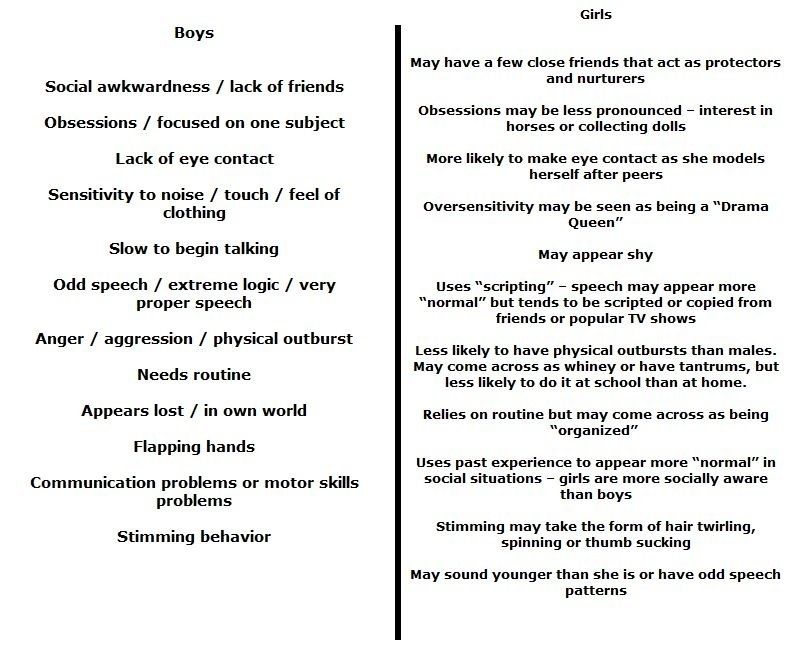
Treatment for Children with Autism
Learning about the difference between autism and Asperger’s is helpful, but taking action is even more important. At Therapeutic Pathways, we encourage parents to seek treatment for their child as early as possible. Research suggests that early intervention provides the best opportunity for children to learn valuable independent life skills.
For more information about treatment options, contact Therapeutic Pathways at (209) 422-3280.
How is Asperger's syndrome different from autism?
Asperger's syndrome is one of the autism spectrum disorders. Its symptoms appear in a milder form than the symptoms of autism. The causes of Asperger's Syndrome are not exactly known, but, as with autism, it is believed that they lie in the genetic predisposition and the influence of external factors on a person's prenatal development. In both disorders, there are changes in the brain, but exactly how they appear and develop is not completely known. Correction of the symptoms of this disorder occurs using the same methods as in the treatment of childhood autism. nine0003
Correction of the symptoms of this disorder occurs using the same methods as in the treatment of childhood autism. nine0003
The main symptoms of autism spectrum disorders are problems in social interaction with others, unwillingness to make contact, lack of empathy and inadequate perception of generally accepted norms and concepts. However, people with Asperger's syndrome function much better in society than those with autism. Problems with speech and learning in such a person are less pronounced. People with Asperger's Syndrome may react inappropriately to social interactions and often come across as insensitive. They are able to theoretically understand the emotions of other people and learn empathy, but they usually find it difficult to put their knowledge into practice. nine0003
A child with Asperger's may excel in activities that require attention to detail, such as math, music, or art.
Often people with Asperger's syndrome show limited interests in very specific areas, not seeing or understanding the larger context.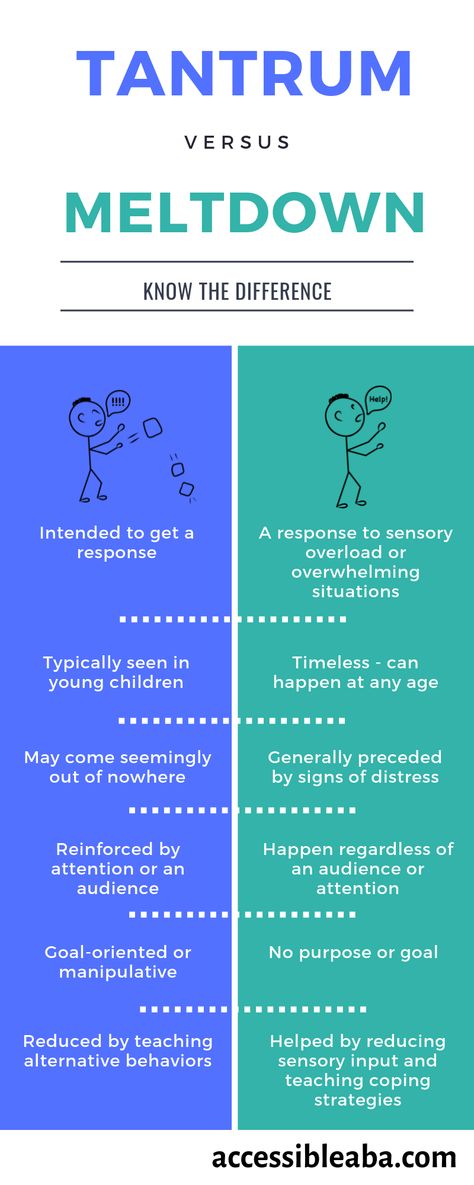 To a large extent, this is also true for autistic people. They can also focus mainly on some narrow topics. For example, watch only a certain TV show or play only one toy. This feature can also have a positive side. A child with Asperger's may excel in activities that require attention to detail, such as math, music, or art. nine0003
To a large extent, this is also true for autistic people. They can also focus mainly on some narrow topics. For example, watch only a certain TV show or play only one toy. This feature can also have a positive side. A child with Asperger's may excel in activities that require attention to detail, such as math, music, or art. nine0003
See also
Myths about autism
Famous people of the past are believed to have suffered from autism spectrum disorders such as musician Wolfgang Amadeus Mozart and physicist Albert Einstein. Among our contemporaries, one can single out environmentalist Greta Thunberg, who considers her diagnosis of Asperger's Syndrome a gift that defines her vision of the world "in very black and white." Another striking example of a person with such a disease is the writer, mathematician and computer scientist Daniel Tammet. He set himself the task of explaining to healthy people how the inner world of a person suffering from an autism spectrum disorder works.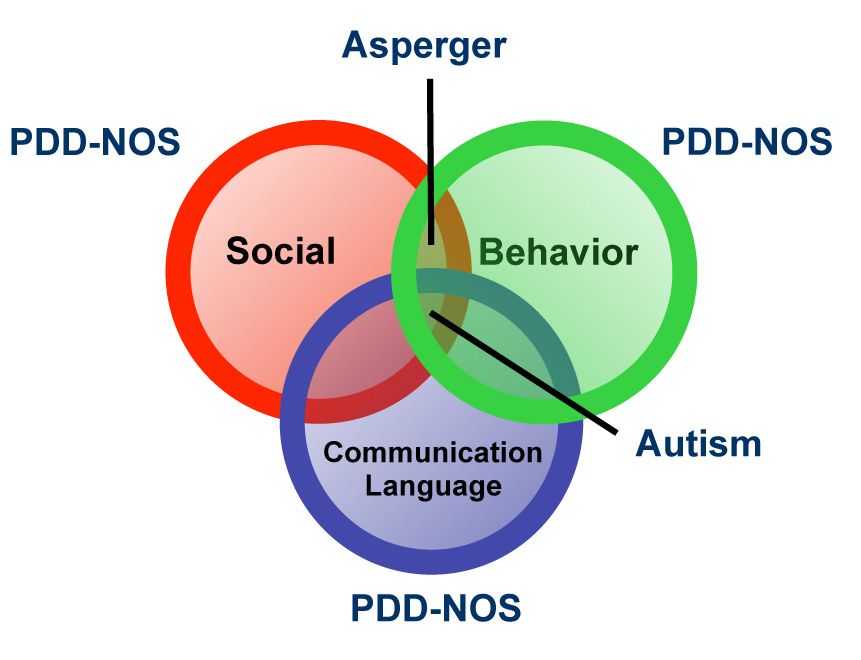 nine0003
nine0003
For both autism and Asperger's syndrome, treatment is aimed at improving symptoms and functioning in society.
Asperger's syndrome and autism are usually diagnosed in children aged 1.5-2 years. Sometimes you can immediately see that the child has some problems in socialization, but in general, he communicates with others adequately. However, it is more likely that Asperger's syndrome can be detected precisely in dynamics, after several years of treatment, after diagnosing autism in a child. The diagnosis of autism and Asperger's syndrome usually occurs after a meeting of a psychiatrist, child psychologist, occupational therapist and speech therapist with the child and his parents. nine0003
Autism is treated exclusively with behavioral therapy. In the case of Asperger's syndrome, starting from the late teens, the patient is prescribed treatment with cognitive behavioral therapy. For both autism and Asperger's syndrome, treatment is aimed at improving symptoms and functioning in society.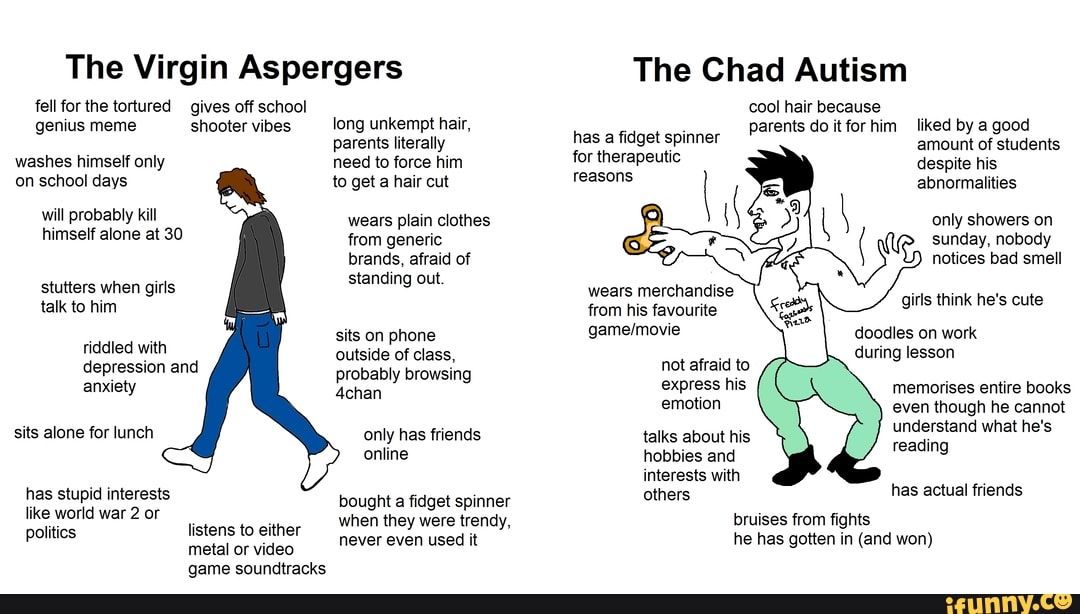 Specialists try to teach the child those social skills that correspond to his age, and which he did not manage to acquire on his own. Patients with autism spectrum disorders are often prescribed medication to reduce symptoms. However, in the case of Asperger's syndrome, the effective drugs are less obvious than in autism. nine0003
Specialists try to teach the child those social skills that correspond to his age, and which he did not manage to acquire on his own. Patients with autism spectrum disorders are often prescribed medication to reduce symptoms. However, in the case of Asperger's syndrome, the effective drugs are less obvious than in autism. nine0003
Symptoms generally improve with age in children with Asperger's syndrome, although difficulties in social interaction with others may persist. It is understanding how the disease develops and how treatment works that helps determine what the future holds for a child with autism spectrum disorder, and what his symptoms may develop into.
- Autism
Share:
Is there a difference between Asperger's syndrome and high functioning autism
High functioning autism and Asperger's are part of the autism spectrum (autism spectrum). The main difference between the two seems to lie in the area of language: as a rule, people with Asperger's syndrome did not have speech delays in childhood.
The main difference between the two seems to lie in the area of language: as a rule, people with Asperger's syndrome did not have speech delays in childhood.
Signs of high functioning autism and Asperger's syndrome
Gillberg and Eilers (1998) distinguish four main areas in which there is still controversy about the difference in diagnosis.
Level of cognitive (intellectual) functioning
Looking at Asperger's syndrome as autism without learning disabilities (including mental retardation) from the point of view of diagnosis can be useful, since on this basis it is quite easy to identify the difference. But keep in mind that Asperger noted the possible unusual circumstances in which a person with Asperger's syndrome shows signs of a learning disability. It is generally accepted that high-functioning autism cannot occur in individuals with an IQ below 65–70. nine0003
Motor Skills
In recent years, there has been growing concern about the relationship between Asperger's syndrome and additional motor difficulties.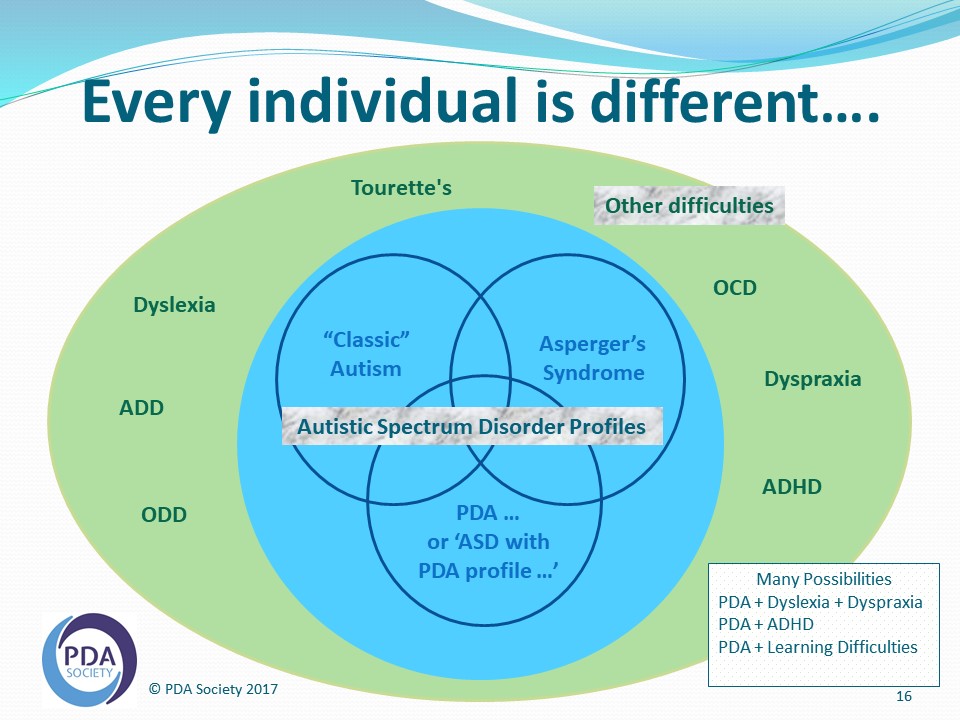 Asperger was well aware of the prevalence of motor skill problems in the group of people he was trying to describe. It is likely that most children with Asperger's syndrome have poor coordination and difficulty with fine motor skills. However, children with high functioning autism also have difficulty in these areas.
Asperger was well aware of the prevalence of motor skill problems in the group of people he was trying to describe. It is likely that most children with Asperger's syndrome have poor coordination and difficulty with fine motor skills. However, children with high functioning autism also have difficulty in these areas.
Speech development
This area seems to contain the most controversy. ICD-10 and DSM-IV establish normal speech development for the diagnosis of Asperger's syndrome. And children with high-functioning autism may experience a significant delay in language development. However, Asperger's original writings state that language and speech are key features of the condition he describes. Often, Asperger's syndrome is diagnosed in a grown child, while neither he nor his parents can remember what the speech development was like. nine0003
Age of detection
A person at different stages of development can be diagnosed with both high-functioning autism and Asperger's syndrome. Sometimes a child is diagnosed with HFA in early childhood, and when he goes to school, the diagnosis is replaced with Asperger's syndrome. Some diagnosticians believe that Asperger's Syndrome cannot be diagnosed before entering school. This is because the deficit in social skills is not obvious until the child has spent a lot of time in social interaction. nine0003
Sometimes a child is diagnosed with HFA in early childhood, and when he goes to school, the diagnosis is replaced with Asperger's syndrome. Some diagnosticians believe that Asperger's Syndrome cannot be diagnosed before entering school. This is because the deficit in social skills is not obvious until the child has spent a lot of time in social interaction. nine0003
In summary:
- People with high-functioning autism and people with Asperger's syndrome have a "triad of impairments" that is common to all people with autism.
- The level of intelligence in both groups is likely to be average or above average.
- The debate about the need for two terms continues.
- However, there are differences between the two conditions: deficits in motor skills and age of detection.
Although it can be frustrating to make a diagnosis that has yet to be clearly defined, it is important to remember that the manifestations of the two conditions are very similar in many ways.